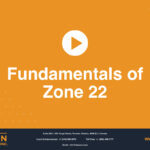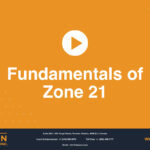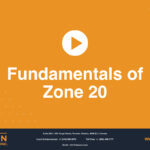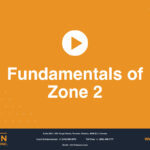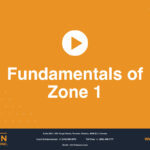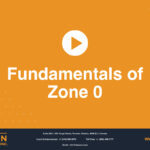Purging and Pressurization (Ex p)
The purging and pressurization protection technique, known as “Ex p”, is used for electrical equipment to be installed and used in Zone 1, 2, 21 and 22 hazardous locations. Purging and pressurization involves keeping the flammable substance away from the source of ignition.
In this animation , we will focus on:
- The main principles of the purging and pressurization concept
- Three methods used to maintain the required pressure
- Levels of protection that can be achieved using this protection technique
- The Standard with which equipment using this technique must comply
Using this protection technique, ignition-capable electrical equipment is contained within an enclosure that is first purged to flush out the existing gases by submitting the enclosure to a flow of clean air or inert gas. The hazardous substances inside the enclosure are reduced to a level that would be safe in the absence of the purge.
Then, the atmosphere inside the enclosure is pressurized with a non-explosive gas to achieve and maintain a positive pressure with respect to the atmosphere outside the enclosure. Such positive pressure prevents the ingress of any hazardous substances that exist in the atmosphere surrounding the enclosure.
The purging and pressurization technique creates a safe area inside the enclosure, meaning that uncertified equipment can safely be installed within it, even given a hazardous environment outside the enclosure.
In general, there are three ways to achieve and maintain the required pressurization: leakage compensation, continuous circulation, and static pressurization.
Equipment using the purged and pressurized protection technique must comply with Standard IEC 60079-2 for use in Zone-classified areas. Protection by pressurization is subdivided in the Standard into three Levels of Protection called “pxb”, “pyb” and “pzc”.
- Pxb enables uncertified equipment to be installed in a Zone 1 or Zone 21 location
- Pyb enables equipment suitable for Zone 2 to be installed in a Zone 1 gas-explosive area; equipment suitable for Zone 22 may also be installed in a Zone 21 dust-explosive area
- Pzc enables uncertified equipment to be installed in Zone 2 or Zone 22 hazardous locations
The advantages of using the purging and pressurization protection technique include:
- Few limitations on the nature of the equipment that may be placed in the enclosure
- No limits on the size of the enclosure
- Several enclosures can be connected
- All flammable gases or dusts of all groups may be involved
The disadvantages include these:
- Enclosures and ducting may leak
- Energy costs required to supply and maintain air or inert gas may be prohibitive
- The operational delay while purging takes place
- Items inside the enclosure must be arranged in order to avoid air pockets or hazardous gases being trapped and therefore not adequately purged
In summary, the purging and pressurization technique permits ignition-capable electrical equipment to be installed in a hazardous location when contained in a suitable enclosure. The enclosure first must be purged to flush out the existing gases and then pressurized to prevent the ingress of the exterior explosive atmosphere.
We hope you enjoyed this presentation. Please ask the Hazcon team if you have any questions about the purging and pressurization protection technique and how to design your product for Ex p markings.
Request a Consultation
Complete the form below to get started.

